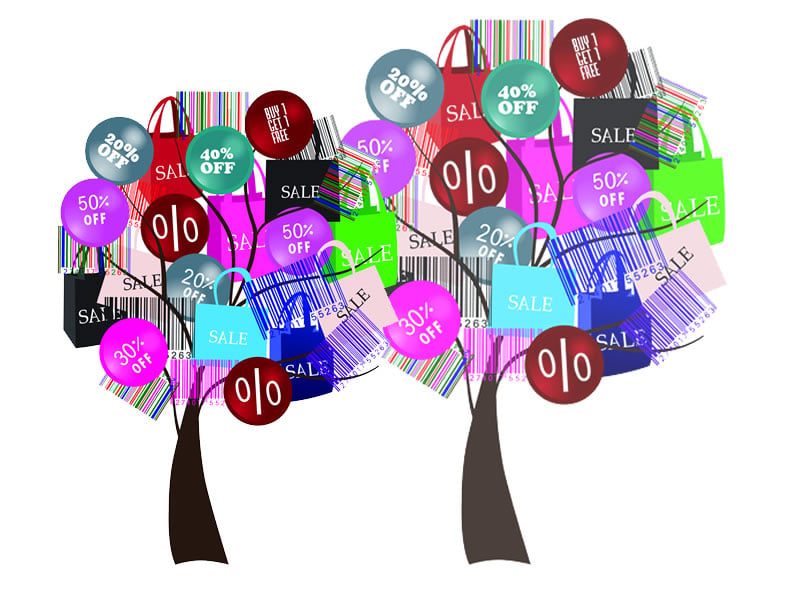More cynical perceptions of these offers see them simply as a way to guarantee more footfall or to give a temporary boost to sales. But, in fact, promotions are a vital tool for breeding brand loyalty
The name Aimia might not mean much to the average consumer. But if you tell someone that it is the consumer analytics and brand loyalty expert responsible for the grand seigneur of loyalty programmes, the Nectar scheme, suddenly the effect will be markedly different. To say they know promotions is like saying Google knows the internet. “In any business the 80/20 rule will hold, where 20% of your customers generate 80% of the value or the profit,” explains Dave Hamilton, director at Aimia. “Why wouldn’t a business want to know all about that 20% of customers? That’s really where we start.”
Hamilton feels clear analysis of your best customers is essential. “It provides routes to better know customers – know their habits, know their lifestyles, know their product preferences.” He offers a practical example: if one of your best customers has bought a garden shed, you can infer they have a garden or at least an outdoor space. With that knowledge you can offer them incentives on tools, garden furniture or creosote. He elaborates: “If you’ve got that understanding of customers then you can tailor your offer to them and make sure any discount you’re applying or any promotion is direct to your most valuable shoppers.”
To adopt a metaphor, untargeted discount schemes – across-the-board offers such as buy-one-get-one-free, three-for-two, 50% off – are the carpet bombing of the promotions world. They will have a significant effect short-term on the ongoing campaign. But if you really want a strategic advantage, knowing your customers and being able to offer informed tactical strikes – specific reductions based on their shopping habits – then the success of your campaign is almost guaranteed.
But to make the most of a promotion or discount scheme you really need to understand why you’re doing it. “Long-term loyalty is what loyalty programmes and customer analysis are all about,” Hamilton says. Short-term profit factors much lower than letting a customer know you understand their needs and are able to provide the best value deals on the items they need, when they need them. He continues: “If you can better provide them with something that’s relevant to them, that will stimulate them to think: ‘Actually, this company really knows me and understands me – I’d be inclined to visit them again’.”
How about the internet though? What effect is it having on how companies are offering promotions to their loyal customers? Hamilton is unequivocal in his response. “We’re pretty much seeing a big tidal change coming our way with digital technologies,” he says. There’s no denying the huge effect social networking and mobile devices are having on the field, giving unprecedented levels of direct contact with the consumer. But he also feels that with great power comes great responsibility. “Marketing using those channels one has to be quite responsible,” he explains. “You don’t want to irritate customers and don’t want to dilute your brand message by bombarding customers through too many channels or with too many offers on the one channel.”
Engaging with your best customers is an essential part of growing your brand. What they will value most is knowing that you’re taking their needs into account. Which is why promotions carefully catered to them are vital in producing true loyalty among your customer base.
Share via:


















































